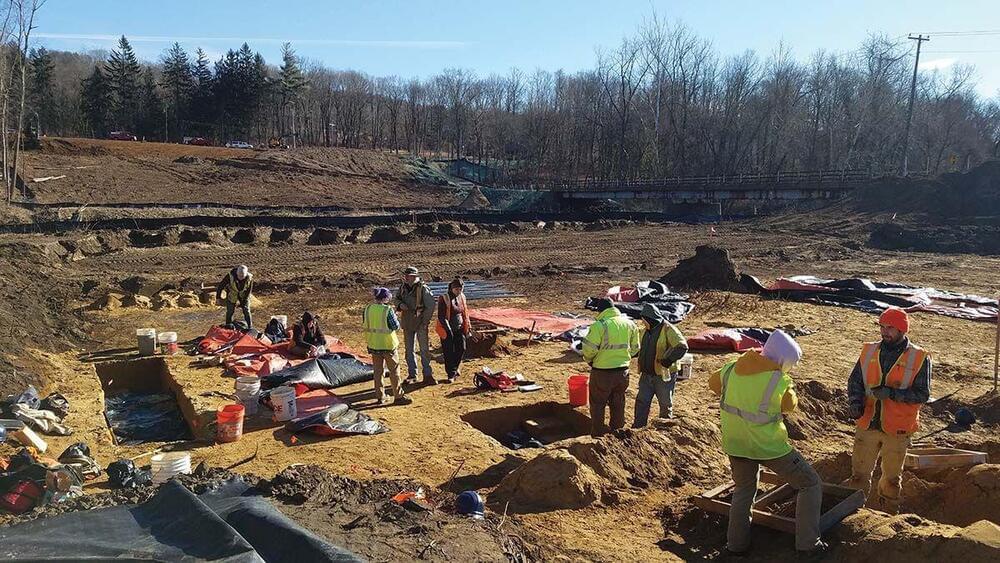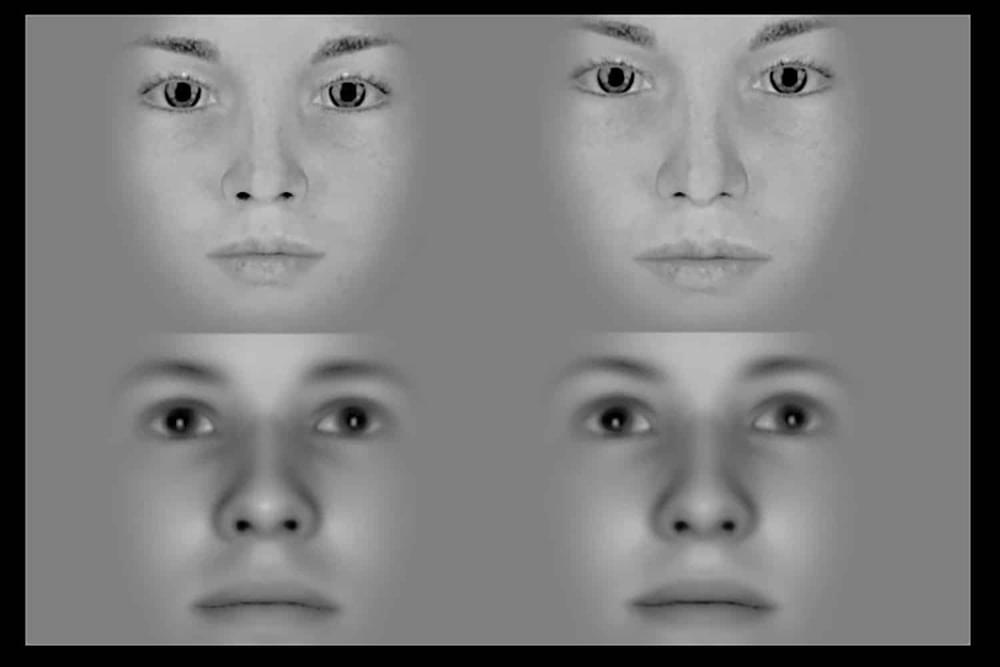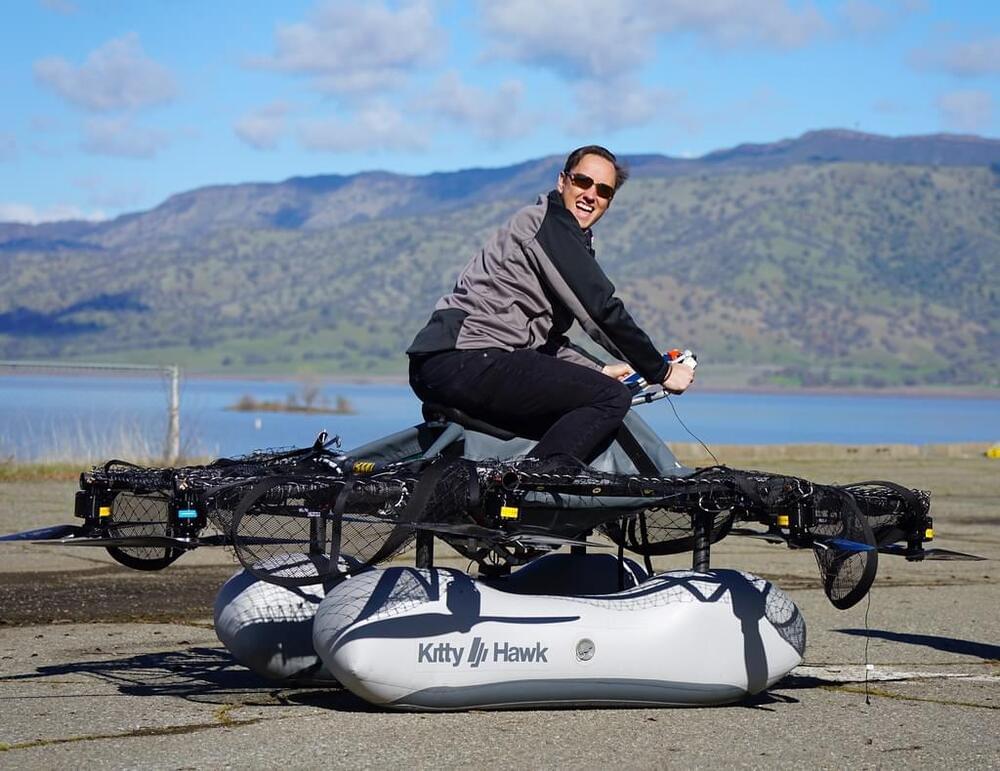
Catherine Labadia, an archaeologist at the State Historic Preservation Office, was on vacation when the first text came in from fellow archaeologist David Leslie. The picture on her phone was of a channel flake, a stone remnant associated with the creation of spear points used by Paleoindians, the first humans known to enter the region more than 10,000 years ago. “I responded, ‘Is this what I think it is?’” “It most definitely is,” texted back Leslie, who was on site at the Avon excavation with Storrs-based Archaeological and Historical Services (AHS). “It was all mind-blowing emojis after that,” Labadia says.
But that first picture was just the beginning. By the time the excavation on Old Farms Road was completed after a whirlwind three months in the winter of 2019, the AHS team had uncovered 15,000 Paleoindian artifacts and 27 cultural features. Prior to this dig, according to Leslie, only 10–15 cultural features — non-movable items such as hearths and posts that can provide behavioral and environmental insights — had been found in all of New England.
The site is significant for more than the quantity and types of artifacts and features found. Early analyses are already changing the way archaeologists think of the Paleoindian period, an epoch spanning from about 13,000 to 10,000 years ago of which little is known due to relatively scant archaeological evidence. The forests of that time, for instance, were likely made up of more diverse species of trees than previously thought. And that opens up new interpretations for what Paleoindians ate. Remains found at the excavation also suggest — for the first time — that Paleoindians and mastodons might have overlapped in the region.


















